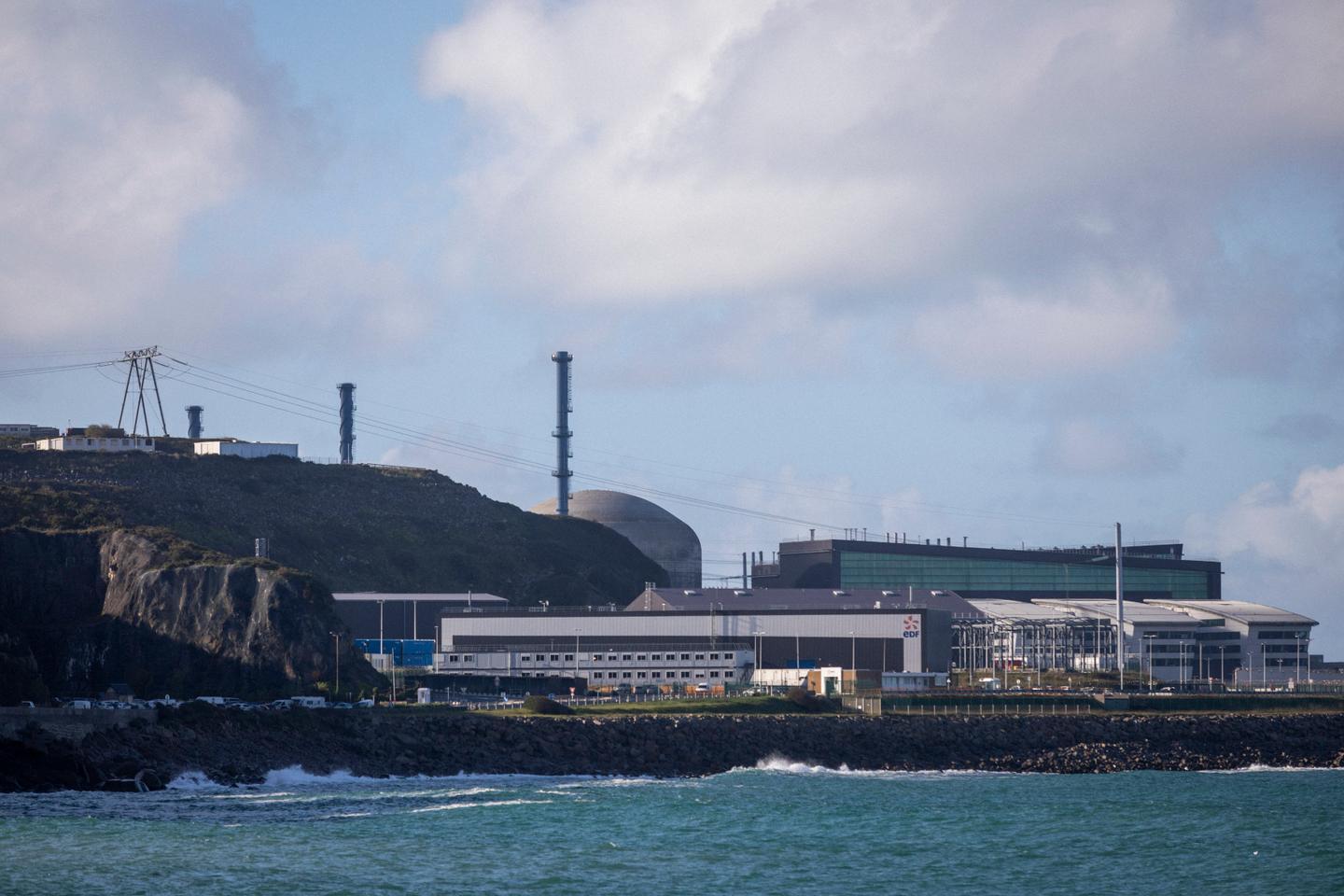- cross-posted to:
- [email protected]
- cross-posted to:
- [email protected]
Summary
France’s Flamanville 3 nuclear reactor, its most powerful at 1,600 MW, was connected to the grid on December 21 after 17 years of construction plagued by delays and budget overruns.
The European Pressurized Reactor (EPR), designed to boost nuclear energy post-Chernobyl, is 12 years behind schedule and cost €13.2 billion, quadruple initial estimates.
President Macron hailed the launch as a key step for low-carbon energy and energy security.
Nuclear power, which supplies 60% of France’s electricity, is central to Macron’s plan for a “nuclear renaissance.”



Nuclear is subsidized? I think you’ve got that backwards. Renewables are HEAVILY subsidized in many places (rightfully so), nuclear isn’t.
Nuclear would be, in fact, the cheapest form of generation if you factor in storage which is a requirement for a functional grid based on renewables, and aforementioned regulatory handicaps weren’t in place.
A grid based on nuclear for the base load (the always-on stuff like various industries) + renewables is a far better solution than dragging on fossil fuels for longer and longer, or trying to make 100% renewables work with gigantic amounts of expensive storage.